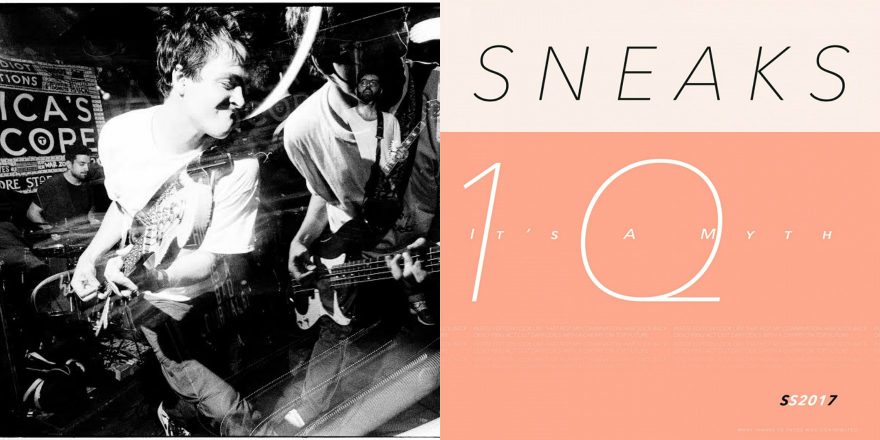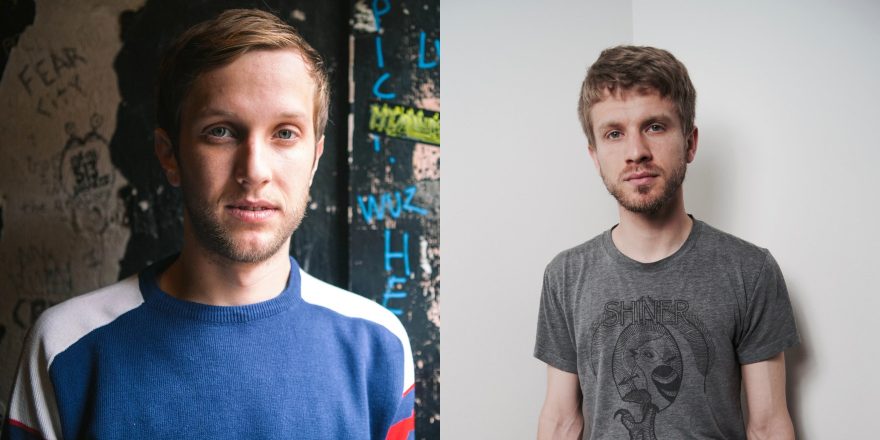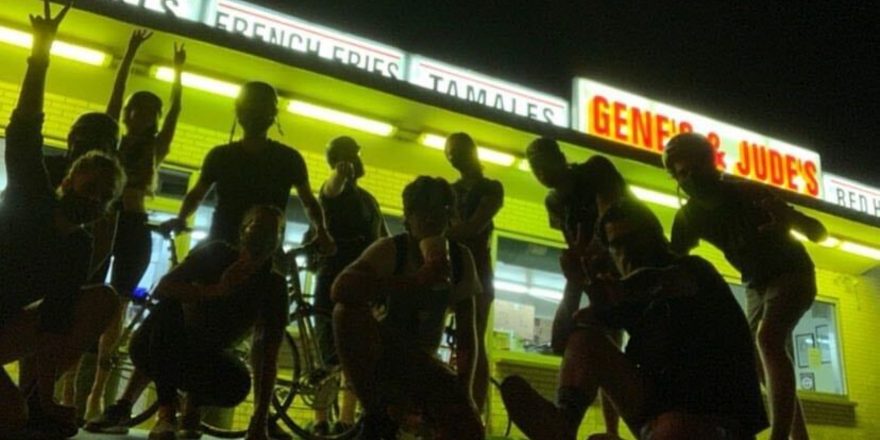1. Lucy Ellmann’s Ducks, Newburyport
The selling point for Ducks, Newburport, Lucy Ellmann’s eighth novel, was simple: It was a one sentence long 1,000-page novel. That sounded good to me. Although my taste has skewed towards seemingly shorter and shorter books over the last few years, a big book is still something that can get me excited. I’m sure there’s ego in there, the unbecoming smug of a too-self-serious reader, but it’s also enjoyable to just show up to a book like it’s work and put in time, page after page. And in my experience, it’s worth it most of the time.
I was on tour opening for Ceremony when the book came out and I tried to buy it on the road, eventually finding it at Deep Vellum in Dallas, TX. I began reading it in the van right away, quite possibly the worst location to read a ceaseless book. The book has a rhythm to it that, once you find it, makes the text move gracefully. But that rhythm would often be interrupted by gas station breaks or texts or loud music or conversation. Fortunately it was easy to get back into it. Once I started, I found out that the book isn’t actually one sentence. There are section breaks with a small, animal-centric narrative. And that amidst the random and simple rambling there is an easy-to-follow story. I’m sure every small detail works and has large symbolic meaning, but just like life you can’t focus on every little detail (unless you’re some sort of Joycean scholar) and so there’s room to just explore and find the narrative. Because that’s what the real world is like — random and disconnected moments building up to a bigger picture we try to make sense of. Try to unfurl and unpack. And I guess that’s why Ducks is so good: It talks about specific feelings and ideas by talking about everything all at once, giving information clearly in the most roundabout way possible.
2. The Microphones, Microphones in 2020
I never listened to The Microphones before. I’ve never even listened to Mt. Eerie. Any Phil Elverum project, in fact. I know Adam from Wicca Phase is a big fan, but in my memory he was the only person I knew growing up that was really all about Elverum. I don’t know why I put on Microphones in 2020. It just appeared on my YouTube recommended list one day. I was making dinner and I wanted something to listen to, something easy and simple. I was aware the record was out and that it was an enormously long song and figured it would be a good noncommittal trial of the band. I put on the video, the one Elverum made that featured a constant collage of personal photos. It was just background noise at first. I walked the 15 feet between the kitchen and my television while my attention wasn’t needed and heard the part about touring Europe and running into Bonnie Prince Billy in Europe. I started to become entranced. It was so good, so immediately good. I stayed to watch for a while but had to leave to make sure I didn’t burn my food. I decided I would have to listen to the song in full later. So the next time I was alone when the sun was going down, I put the video on and watched all 45 minutes of it just kind of being floored by every second. It was a song about trying to create meaning in a band while being on tour and figuring that out. Enjoying the song felt selfish because it made so much sense to me. I had those same longwinded thoughts and feelings, I’d just never heard it to a melody so sweet before over 45 minutes of the same few chords
3. Polar’s We Blew it at Some Point
It’s not easy to forget that skate videos are elaborate advertisements. Yes, they’re intricate video collages whose style and aesthetic are often explicitly anti-establishment, but they’re still a video by a company showing you why you should want (and maybe why you need) their product over others. I’ve never found it disingenuous but I have found it boring. 2018, though, felt particularly important for the skate video. GX 1000 released Roll Up, Quasi released Mother, Converse released Purple, Supreme released Blessed. These videos were as close to blockbuster events as you can get in modern skateboarding, and they all occurred after it was widely assumed that the full-length skate video (30 minutes, give or take) was dead.
My favorite video from that year was Polar’s We Blew it at Some Point. Polar is a small skate brand from Europe run by former pro skater Pontus Alv. The team is made up of skateboarders from all of Europe, the US, Australia, and Japan. It’s an expansive roster with a singular, specific aesthetic. Alv edits the company’s videos to fully realize the look he presents on boards and merchandise, and the realized aesthetic was one that felt totally and honestly subversive. The video eschews a typical part format, one where a single rider fills the screen for a song or two, for a more collaborative approach, where riders are introduced and re-introduced time and time again throughout the entirety of the video. It’s an anti-narrative, non-linear tactic, a stream of consciousness style of editing. For example Nick Boserio, a bearded Australian, appears at the very beginning of the video gapping to frontside 5050ing an unswept stairwell ledge and then reappears at the end of the video doing a line filmed from a moving car in a construction zone, ollieing over a chain link fence while wearing an orange Nike hat. It’s this kind of free-flowing form that allows the video to be different in a necessary and appealing way. It was not mass marketed commercialism but it also wasn’t a simple rebellion, it was a reimagination of the form.
(Photo Credit: Farrah Skeiky)






